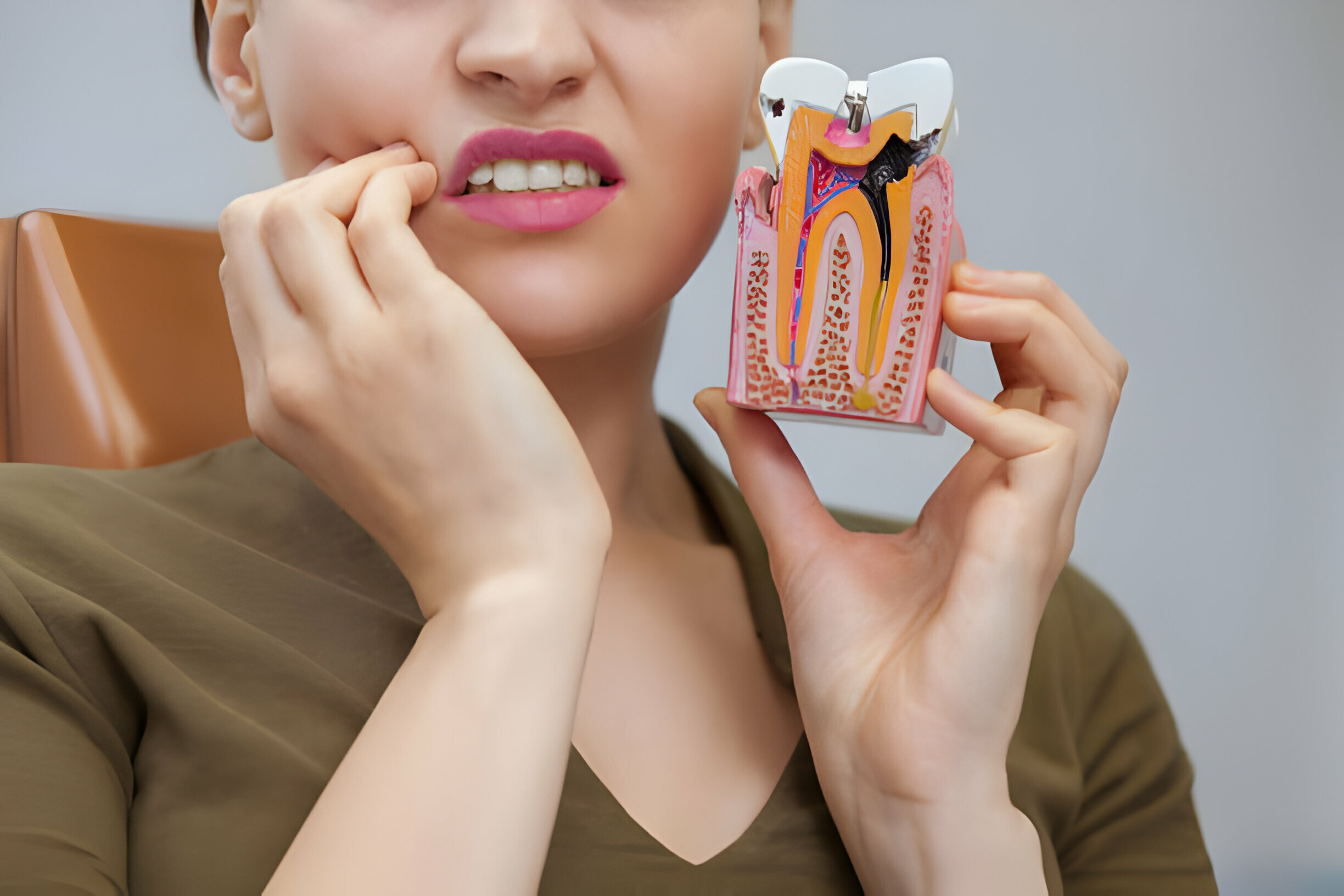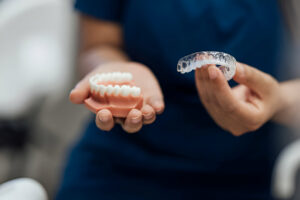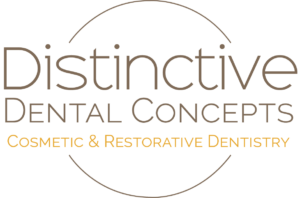Summary:
Tooth extraction is painful, but not extracting a decaying tooth could eventually be more painful.
We say this because sometimes a tooth gets severely damaged, and extraction is the only option. Although dentists do everything in their capacity to preserve natural teeth, sometimes dental problems can push them to perform the removal.

Many believe tooth extractions are extremely painful and insufferable, but this is untrue. Professional dentists in Garland, TX, use modern tools and sophisticated technologies that can make the procedure effortless for you.
However, after your extraction procedure, you must focus on aftercare for better and faster recovery. Keeping the same in mind, this blog focuses on topics like:
- Understanding Tooth Extraction As A Dental Procedure
- Procedures Behind Tooth Extraction – Explained in Details
- Aftercare Tips for Tooth Extraction Recovery
- Risks of Not Following Proper Aftercare
Continue reading as we explore aftercare tips for extraction in the following sections.
Understanding Tooth Extraction As A Dental Procedure
It’s a universal fact that regular oral hygiene is crucial for maintaining robust oral health. However, even after doing so much, you may sometimes face dental issues and problems, leading to removal. This is mostly because of the bacterial growth in your oral cavity over time, causing erosion of your teeth and sometimes resulting in an extraction.
When it comes to tooth extraction, almost every individual considers it a gut-wrenching experience. Interestingly, it’s not! Extractions are more common than you can imagine. Every year, almost 5 million Americans get their teeth removed.
However, not every professional will suggest removing your tooth. They suggest extraction in Garland, TX, only if the damage is irreparable and must be removed to prevent the spreading of infection in surrounding teeth.
Procedures Behind Tooth Extraction – Explained in Details
While it may sound intimidating, extraction is a common dental procedure that removes a tooth from its socket in the jawbone. The need for tooth extraction often arises due to various dental issues, such as severe decay, advanced gum disease, or trauma. Additionally, dentists may recommend removal to make room for orthodontic treatment or to address impacted teeth.
Here’s a detailed explanation of what happens in an extraction procedure:
Assessment
Before proceeding with the extraction, the best dentist in Garland, TX, will comprehensively assess your dental health. This typically involves a visual examination, dental X-rays, and possibly other diagnostic tests to evaluate the condition of the tooth, its position, and the surrounding tissues. Understanding these factors is crucial for determining the best approach to the removal procedure.
Anesthesia And Sedation
Dentists usually administer local anesthesia to numb the area around the tooth being extracted to ensure your comfort during the procedure. This numbing agent effectively blocks pain sensations, allowing the dentist to work without causing discomfort.
In some cases, depending on the complexity of the extraction or the patient’s anxiety level, your dentist may use additional forms of sedation, such as conscious sedation or general anesthesia.
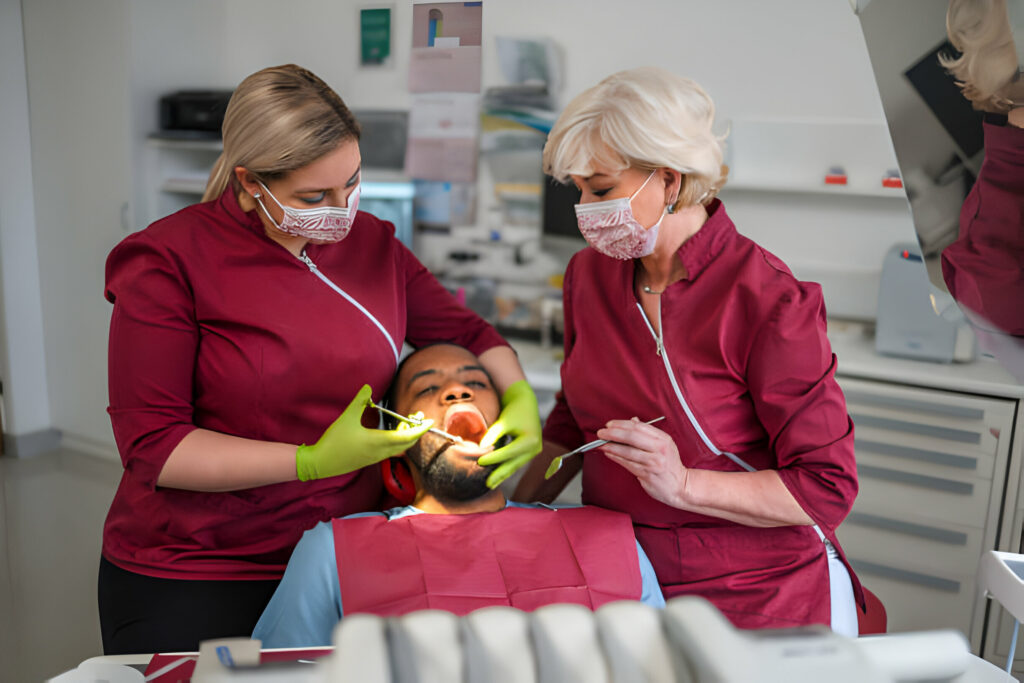
Extraction Technique
With the area properly numbed, the expert will begin the process using specialized instruments designed for this purpose. The first step involves gently loosening the tooth from its socket using an elevator.
This instrument helps to expand the socket and separate the tooth’s roots from the surrounding bone and ligaments. Once the dentist has loosened your tooth sufficiently, they will use forceps to grasp it and carefully remove it from the socket.
Aftercare Tips for Tooth Extraction Recovery
Extraction is usually the last resort for dentists after various dental treatments to save a tooth have proved futile. Once you have undergone a removal procedure, adhering to proper aftercare practices is crucial to ensure a smooth and comfortable healing process.
In this section, we have listed a comprehensive guide with detailed steps to support your recovery:
Bleeding Management
The dentist will give you a gauze pad to bite down on after the extraction. This reduces bleeding by applying mild pressure to the removal site.
It is essential to keep the gauze in place for about 45 minutes to an hour and change it as needed to maintain cleanliness. Do not chew on the gauze to avoid disrupting blood clots in the extraction socket, which are vital for healing.
Pain Relief
It’s common to experience some discomfort following a removal. Dentists may prescribe pain medication or recommend over-the-counter options to manage pain effectively.
Follow their instructions carefully and take the medication as directed. Avoid aspirin, as it can increase bleeding. Contact your dentist for further guidance if you experience severe or prolonged pain.
Oral Hygiene Maintenance
Maintaining good oral hygiene is crucial for preventing infection and promoting healing after a tooth extraction. However, it’s essential to be gentle around the extraction site to avoid dislodging blood clots or causing irritation.
For the first 24 hours, avoid brushing or rinsing vigorously near the affected area. Afterward, you can gently brush your teeth and rinse your mouth with warm salt water several times daily to keep the area clean and promote healing.
Dietary Considerations
Following an extraction, it is crucial to modify your diet to support healing and minimize discomfort. Stick to soft, cool foods that are easy to chew and swallow, such as yogurt, mashed potatoes, and smoothies.
Avoid hot liquids and foods that are spicy, acidic, or hard to chew, as they irritate the extraction site. Also, refrain from using straws, as the suction motion can dislodge blood clots and impede healing.
Medication Adherence
If your dentist prescribes antibiotics or other medications to prevent infection or manage pain, take them as directed. Follow the prescribed dosage and complete the full course of medication, even if you start to feel better before it’s finished.
Skipping doses or stopping medication prematurely can increase the risk of complications and hinder the healing process.
Follow-Up Care
You should attend any follow-up appointments scheduled by your professional to monitor your progress and address any questions or concerns you may have.
These appointments allow them to assess the healing process, remove stitches if necessary, and provide additional guidance for optimal recovery. Follow their recommendations and instructions closely to support your ongoing dental health.
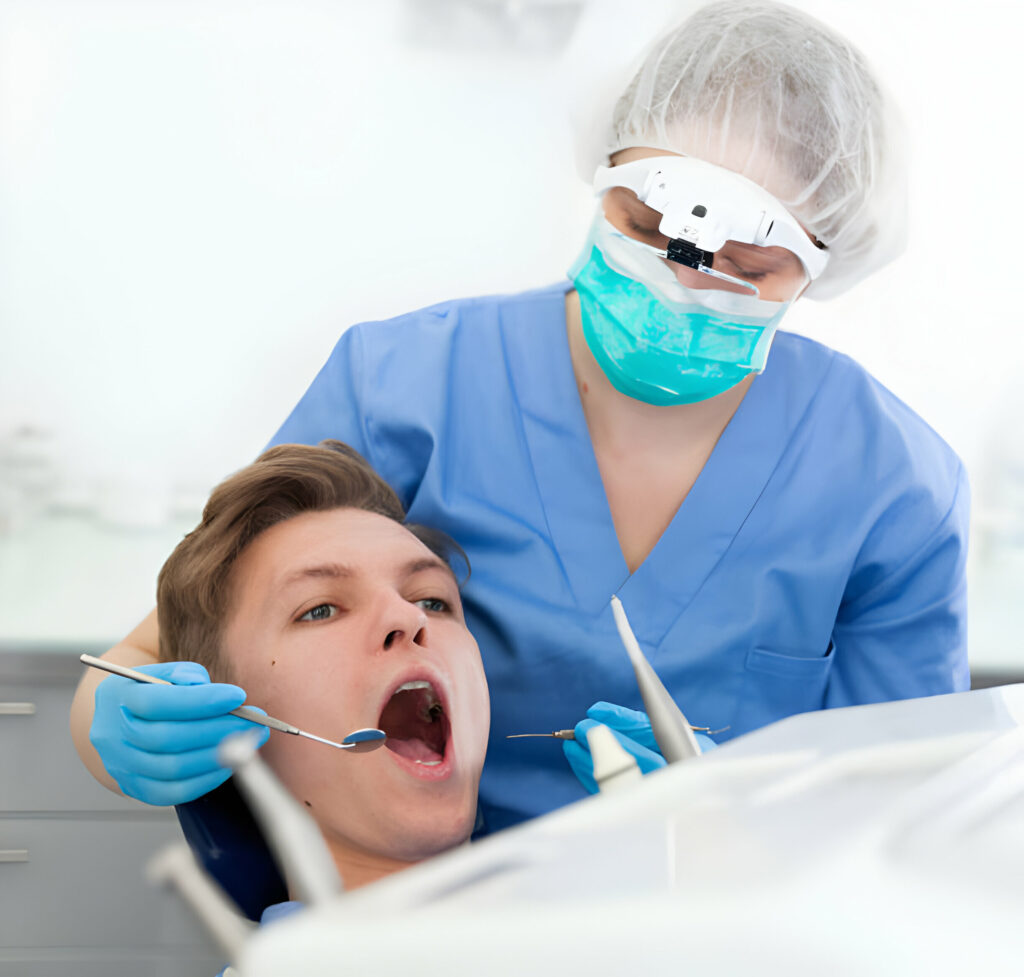
Risks of Not Following Proper Aftercare
Neglecting proper aftercare post-tooth extraction poses several risks and complications. Not following crucial guidelines can lead to prolonged bleeding, heightened pain, and delayed healing.
Moreover, keeping up with habits like smoking or forceful rinsing may disrupt blood clot formation, impeding the healing process and elevating the risk of dry socket—a painful condition. Hence, adhering to aftercare instructions is paramount for fostering swift healing, minimizing discomfort, and averting post-extraction complications.
Takeaway:
- Although extraction may sound intimidating, modern dental techniques and tools can make it less painful and more comfortable.
- Reasons for extraction include severe decay, advanced gum disease, trauma, or to prevent the spread of infection to nearby teeth.
- Dentists may assess dental health using dental X-rays and other tools before extractions.
- Proper aftercare following extraction is crucial for a smooth healing process. It includes managing bleeding, relieving pain, maintaining oral hygiene, adjusting diet, adhering to medication, and attending follow-up appointments.
- Neglecting proper aftercare can lead to complications such as prolonged bleeding, increased pain, delayed healing, and the risk of dry socket.
- Don’t leave room for any uncertainty! Save your smile while you still have the chance. Connect with our experts at Distinctive Dental Concepts to learn more.
